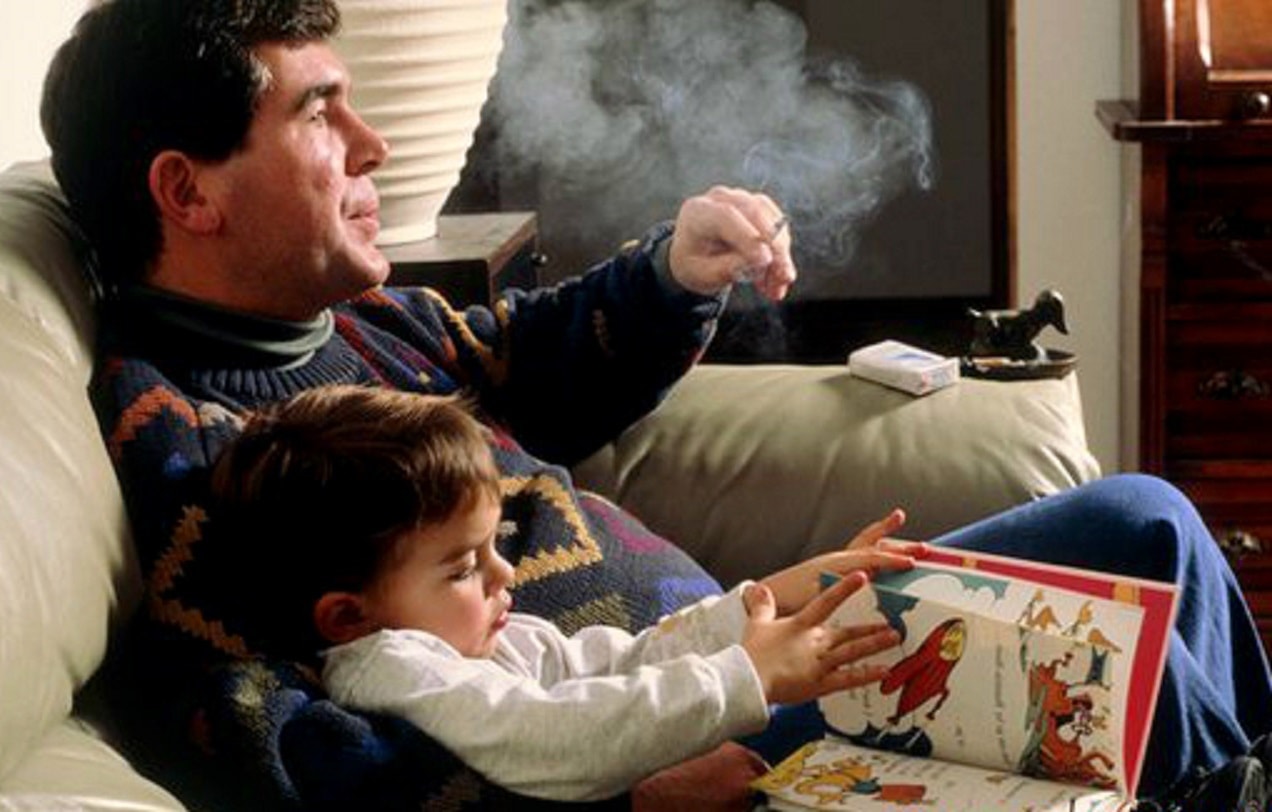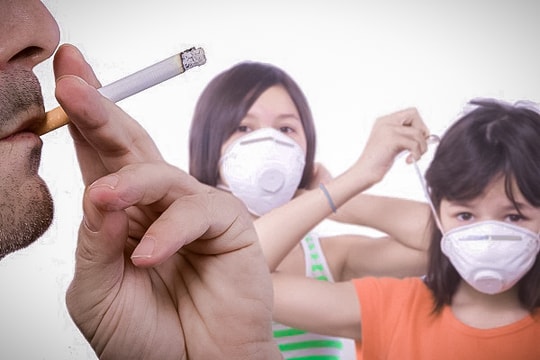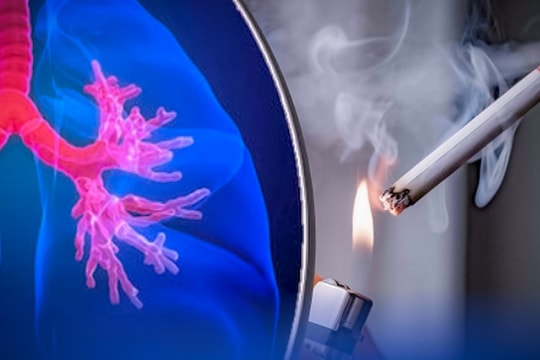Don't let cigarette smoke poison your loved ones in your own home.
Cigarette smoke not only attacks the lungs of smokers but also silently poisons their loved ones around them. In the seemingly safest space – their own home – women and children are the most vulnerable victims of secondhand smoke. Each lit cigarette not only burns their own health but also damages their family.
It is scientifically proven that passive smoking also causes cancer, and even the rate of increased cancer risk in passive smokers is not less than that of direct smokers.

Numerous scientific evidences have consistently shown that if a husband smokes in a family, in addition to respiratory cancers, the wife is 20% more likely to get cancer than a wife who has never been exposed to cigarette smoke. This rate is almost equivalent to the wife directly smoking cigarettes - According to the assessment report of the International Agency for Research on Cancer, under the World Health Organization WHO.
Children are the most vulnerable group to secondhand smoke. Children breathe faster than adults, so the amount of toxins inhaled from the outside environment is also higher. All studies on secondhand smoke show that secondhand smoke causes extremely serious health hazards, especially for children.
Most children living in families with parents who smoke experience the following symptoms: Susceptible to lung infections; often have symptoms of coughing, wheezing or asthma; susceptible to ear diseases such as otitis media.
Cigarette smoke can spread throughout the house, not limited to certain areas, even when windows are open. Therefore, if the family has a parent who smokes, passive smoking for children is inevitable, despite measures that are supposed to "protect children" such as smoking near a window, or in a separate room from the child's room.
Almost 85% of cigarette smoke is invisible, and it can linger in a room for up to 2.5 hours, even with windows open. Commonly used measures, such as smoking outside a window or smoking next to a fan, are ineffective in removing smoke from the home.

Secondhand smoke can linger on carpets, furniture and walls, where these materials absorb the toxins in cigarette smoke and gradually release them back into the air, creating an additional risk of secondary exposure.
In enclosed spaces, tobacco smoke contamination cannot be removed by conventional cleaning methods or ventilation. Although the impact of this is still unclear, because children cannot control their behavior while playing and eating, it is easy for children to ingest food with high concentrations of tobacco smoke.
Nowadays, children spend most of their time indoors. However, they are not yet capable of recognizing the harmful effects of cigarette smoke on their bodies and preventing it. As mentioned above, children breathe faster than adults, so the amount of toxins they inhale from the outside environment is also higher.
Research shows that, after exposure to cigarette smoke, cotinine levels in children are 70% higher than in adults (cotinine is a metabolite of nicotine in the body, used to assess cigarette smoke exposure).
There has been no research on the concentration of other toxic substances in children exposed to secondhand smoke, but this study is enough to sound the alarm about the potential serious effects of cigarette smoke on young children.


.jpg)




